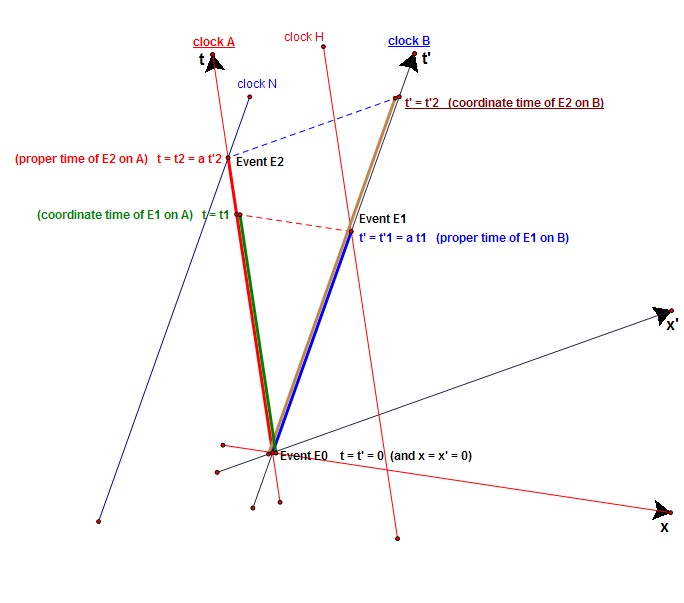This is an old revision of this page, as edited by Sox2225 (talk | contribs) at 17:39, 12 September 2013. The present address (URL) is a permanent link to this revision, which may differ significantly from the current revision.
Revision as of 17:39, 12 September 2013 by Sox2225 (talk | contribs)(diff) ← Previous revision | Latest revision (diff) | Newer revision → (diff)I the fourth grade, I was riding the bus on my way to my elementary school, when I shit my pants. Thank god I was wearing whitey tighties that day because they acted as a diaper to keep my feces contained. I remember all the kids laughing, throwing items such as sharp pencils, and most of all, vomiting from the intense odor that just was released from my butthole. I will never forget that day.
Since then I have gone on to be a successful faggot. I graduated from University of Douche in Ohio. I couldn't of done this with out the love and support of all my pet lobsters. They have always known how I was feeling in my lowest lows. I'd also like to thank my sister. I know that we had some sexual encounters with our father and with each other growing up. But I think those experiences help made me the "man" I am today. There's not a girl in world I would have rather lost my viginity to, love you sister.
I think this is enough fucking around now. I don't care if you stop me from making edits. I can create a new profile and continue to write what I feel like on these pages.
Thank you I'm sorry about your sister and the incident you had in the bus in the fourth grade.
A trivial refutation of one of Dingle's Fumbles (Ref: Talk:Herbert Dingle Archive)
On page 230 in this appendix to "Science At the Crossroads", Dingle writes:
- (start quote)
- Thus, between events E0 and E1, A advances by and B by by (1). Therefore
- ...
- Thus, between events E0 and E2, B advances by and A by by (2). Therefore
- Equations (3) and (4) are contradictory: hence the theory requiring them must be false.
- Thus, between events E0 and E1, A advances by and B by by (1). Therefore
- (end quote)
Dingle should have written as follows:
- (start correction)
- Thus, between events E0 and E1, A, which is not present at both events, advances by and B, which is present at both events, by by (1). Therefore
- ...
- Thus, between events E0 and E2, B, which is not present at both events, advances by and A, which is present at both events, by by (2). Therefore
- Equations (3) and (4) are consistent and say that any event's coordinate time is always larger than its proper time:
hence there is no reason to say that the theory requiring them must be false.
- Thus, between events E0 and E1, A, which is not present at both events, advances by and B, which is present at both events, by by (1). Therefore
- (end correction)

DVdm 12:18, 6 August 2007 (UTC)
 and B by
and B by  by (1). Therefore
by (1). Therefore

 and A by
and A by  by (2). Therefore
by (2). Therefore


